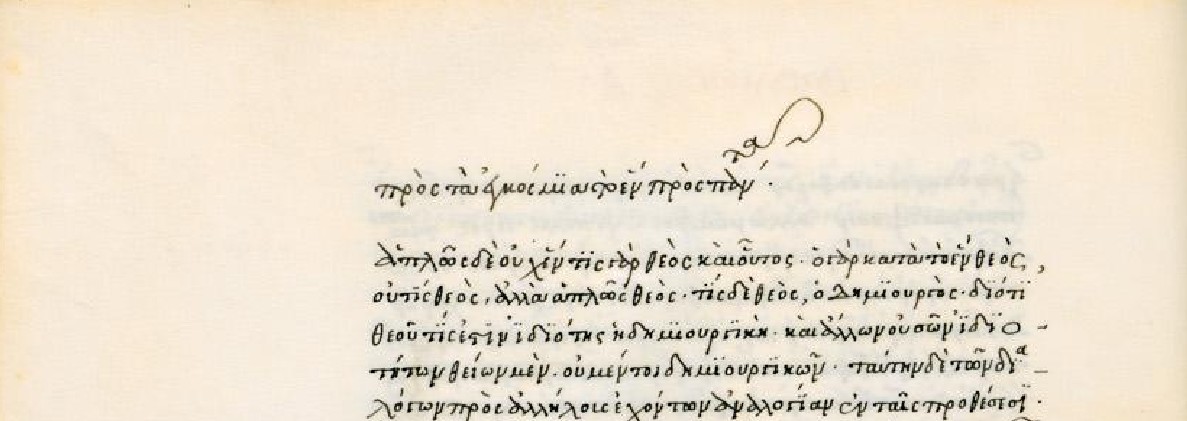Lacuna
A lacuna, literally in Latin a ‘hole, gap’, in a manuscript is a gap of missing text of varying length. 'Lacuna' is generally used with the physical object in mind (see material accidents), whereas 'omission' refers only to the text.
Such gaps may have several causes, for instance the scribe may have left one or several words to be copied later (e.g. in a different ink), which were then forgotten, or gaps may have occurred during the text’s transmission through physical loss. In the latter case, possibilities include that the edge of a manuscript leaf may have been cut off, insects may have eaten a hole into the page, the ink may have faded, or one or several quires may have been lost.
Copyists may deal in several ways with lacunae: they may copy the lacuna as it is, or remove the blank space, or conjecture the missing word(s) and thus produce a new reading.
Lengthy lacunae often provide good Leitfehler as (without contamination) a scribe will not be able to restore its content exactly the way it was. This fact was already noted by Maas (Textkritik, p. 9).
In the case of smaller lacunae, many editions indicate them by a series of zeroes, or a number, indicating how many characters they estimate are missing. As is the case for fragments, there is no clear cut-off point for a lacuna. If a part of a leaf is missing, nobody would hesitate to refer to the missing part as a lacuna. If longer passages, perhaps a whole quire or more, are missing, one might hesitate to describe this as a lacuna, but rather refer to the manuscript being incomplete.
Illustrations

Fig. 1. An Old Norwegian law manuscript from 1325, Copenhagen, AM 309 fol, fol. 42v, l. 17–19. Towards the end of the middle line, the scribe has set aside room for a numeral, which he possibly was not able to read in his exemplar. Other manuscripts of this text shows that the correct numeral is ‘one half’.

Fig. 2. Firenze, Biblioteca medicea Laurenziana, Plut. LXXXV, 8, f. 11v. There is a lacuna on the top line. Compare how this is shown in the edition in fig. 3 below.

Fig. 3. Proclus, In Parmenidem I, 642-643 (ed. Steel).
References
– Maas, Paul. 1960. Textkritik. 4th ed. Leipzig: Teubner. – First ed. 1927.
– Steel, Carlos, Caroline Macé et Pieter d’Hoine (ed.). 2007. Procli In Parmenidem commentaria, t. I Libros I-III continens. Oxford: Oxford University Press.
In other languages
DE: Lacuna
FR: lacune
IT: lacuna